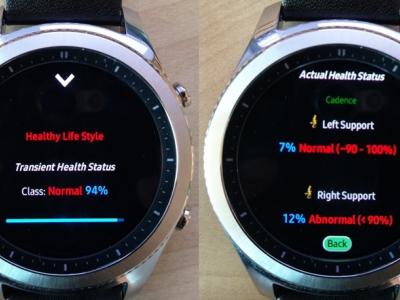
This is a fictional data set, provided by the IBM. These data set contains atmost 30 features of categorical and discreet data. These data are kind of both numerical and text values which help in analysing the employee data from hiring to firing and on boarding to attrition.
- Categories:



